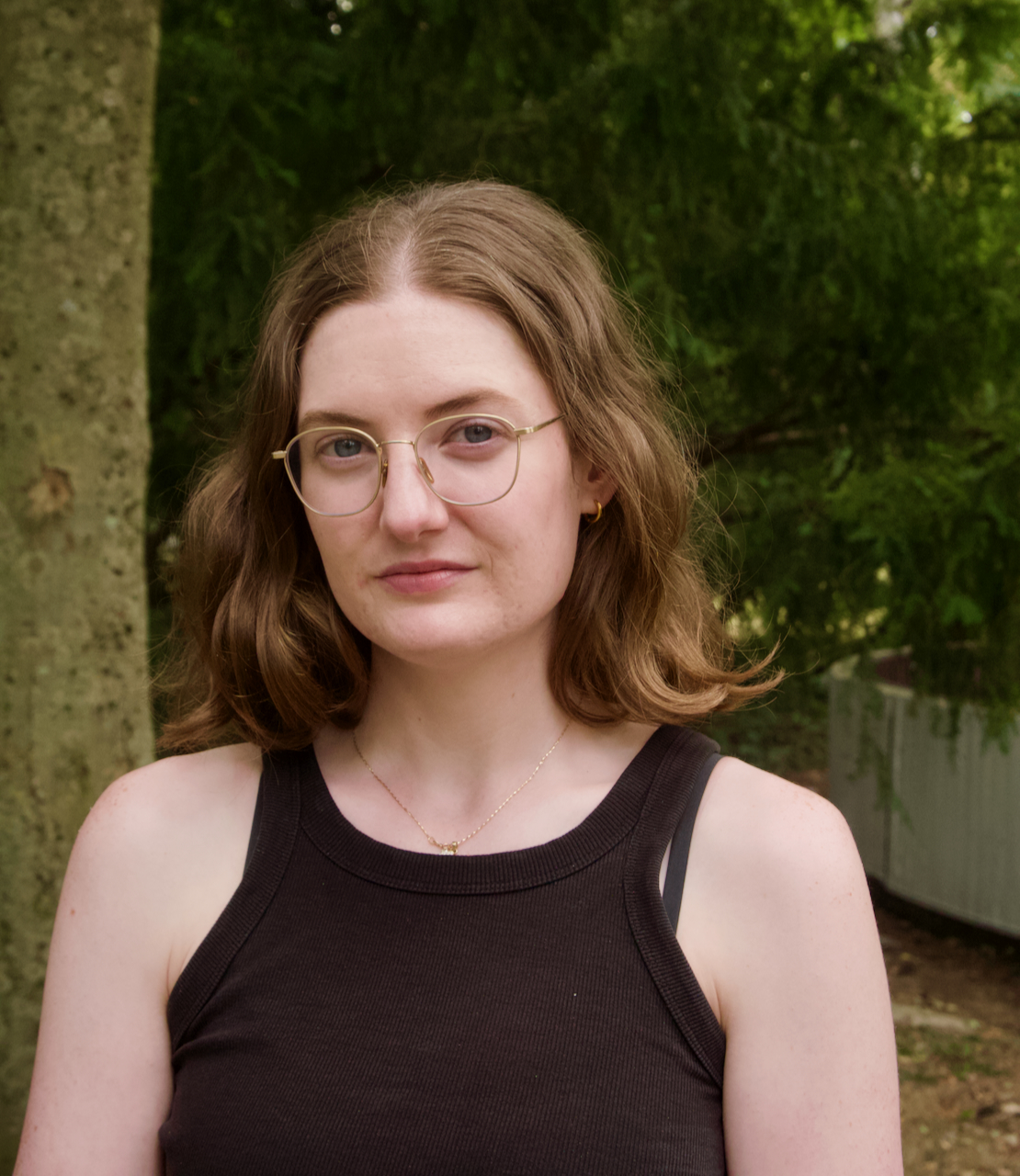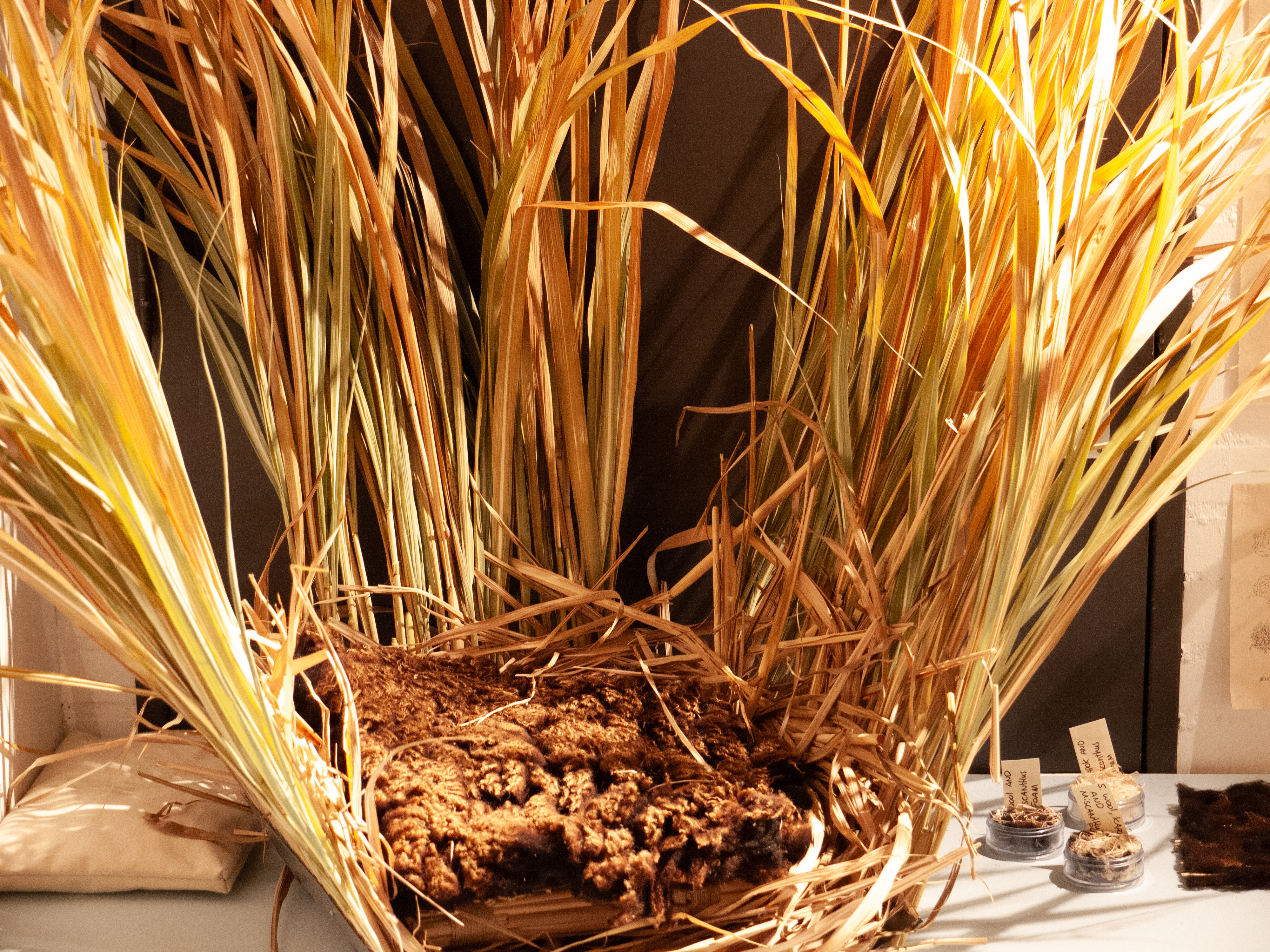What is KCR?
KCR is a cultural institution in Rotterdam that focuses on promoting cultural education. We play a coordinating role and help bring together the demand for schools and the supply of museums, theatres and other cultural institutions. We also identify and promote possible policy developments and challenges in the field of cultural education within the city of Rotterdam. In the context of secondary education, we have been researching together with art teachers how to promote cultural education and cooperation in Rotterdam.

In 2018 WdKA Dean Jeroen Chabot and KCR Director Anne Marie Backes have signed the collaboration covenant, endorsing the ambition of both institutes to bolster expertise in the field of cultural education for the teachers active in Rotterdam's secondary education over the next three years.
During the past academic years, KCR, Codarts and WdKA collaboratively organised multiple study sessions covering art, technology, and society, specifically developed for professionals in secondary education.
We have asked Mirjam van Tilburg (KCR) and Ellen Oosterwijk (WdKA) to share their insights about this collaboration in the past years.

KCR: Mirjam van Tilburg – secondary education consultant
Mirjam van Tilburg studied art education and fine art. Since 2015 she has been working at KCR, where she mainly focuses on promoting professional expertise and sharing knowledge. Mirjam van Tilburg aims to build bridges between education and art. She does this by critically observing, questioning, inspiring, innovating, and casting out ‘long lines’.
Photo source: Vers Beton page, Mirjam van Tilburg

WDKA: Ellen Oosterwijk – educator in the field of professional didactics
Ellen Oosterwijk has worked for several years as a fine art and design teacher in secondary education. For the past ten years, she has been a member of the teaching staff of the WdKA’s Fine Art & Design Teacher Training programme. Ellen Oosterwijk is interested in the role of art within the maker movement and researches the integration of artistic and didactic expertise within the field of education.
Photo source: Amsterdamse Hogeschool voor de kunsten
How did the collaboration between KCR and WdKA come about?
Maker education has been gaining more and more attention in the Netherlands since 2014. In 2015, the WdKA and KCR were both in search of partners for researching the potential benefits of maker education for cultural education. This is where Ellen Oosterwijk (WdKA) and Mirjam van Tilburg (KCR) found each other. They were soon joined by Aldje van Meer (WdKA), who was able, as Innovation Manager and Station Manager, to contribute a great deal of relevant professional knowledge. In addition to developing our in-house expertise in maker education, we all shared the ambition to provide secondary-education teachers in Rotterdam with opportunities to increase their own expertise in this field. There is currently no research professorship for art education in Rotterdam (unlike most other art and design teacher training programmes), and thus no clear structure for ensuring this knowledge development within the academy. This is what led to the collaboration between the WdKA and KCR. Also, Ellen and Mirjam have often enjoyed working together in the past. The most suitable approach was clearly a ‘learning by making’ perspective, which addressed a clear demand within both the professional field and the WdKA’s design profile.
KCR understands the demand and knows the teachers in the professional field, and the WdKA provides the necessary expertise, so it’s a great match.
What is the origin of the Make! event series?
The initiative for organising these two-day sessions focusing on maker education began with us, Ellen and Mirjam, and with our wish to define maker education and its potential value for cultural education. In the meantime, maker education seems to have gained a permanent foothold in Rotterdam. But what does it really mean, besides learning to work with new technologies in a fab lab? What makes ‘learning by doing’ or ‘learning by making’ such important educational tools? How can ‘making’ be deployed to empower pupils within their own everyday environments? And what are the educational opportunities provided by design? For each Make!, we formulate questions to which we ourselves do not have an answer so that we can look for these answers together with the participants. The two-day training courses focus on three aspects: gaining new information, having new experiences, and immediately applying the new information and experiences. Every two-day session thus provides a new challenge for ourselves and for the participants, often resulting in findings that can be immediately applied in the educational practice.
There is much discussion about the quality and meaning of education – what is the role/place of art and art education in this discussion?
As KCR sees it, high-quality cultural education plays a key role in empowering young people to participate in the social and cultural life of the city of Rotterdam, now and in the future. We see the city itself as a meaningful and adventurous learning environment, which is why we consider cultural education in broader terms than only teaching art classes in school. This is of course much easier to achieve when art and culture are an integral aspect of the school’s activities.
Which role do organisations such as the academy and KCR play in this discourse?
The role of KCR is to coordinate, identify and promote possible policy developments in the field of cultural education within our city. KCR maintains close contacts with Rotterdam art teachers and school administrators (many of whom are WdKA alumni); the role of KCR is thus complementary to that of the WdKA, which is more nationally and internationally oriented.
What is the importance of continuous education? And in which way is this in-service training different from any other?
Opportunities for individual development, gaining up-to-date knowledge, exchanging knowledge with colleagues from other schools, deepening one’s experiences, developing new insights – teachers cannot rely solely on what they have learned during a four-year bachelor programme. It is thus essential for teachers to continue their own development alongside their professional teaching activities.
The intensive character of this two-day session is what distinguishes it from other training programmes. The two-day training courses focus on three aspects: gaining new information, having new experiences, and immediately applying the new information and experiences. Every two-day session thus provides a new challenge for ourselves and for the participants, often resulting in findings that can be immediately applied in the educational practice.
We – Ellen and Mirjam, often in consultation with Aldje – also formulate questions at the beginning of the programme, to which we ourselves do not have an answer. This encourages not only the active engagement of students during these weekends but also of ourselves. The feedback we receive from participants is that they really appreciate our energy and commitment.
What were the ground principles of Make!Do?
What does the studio of a contemporary designer look like? How do designers ‘make’? What is their working method? How can you encourage pupils to think differently about their own immediate environment and readily available media? What is it that designers actually do?
The theme of one of the last events was Welcome to the Designer's Studio. Can you tell us why this theme was chosen?
The need arose within KCR to research the relationship between design and secondary education. First of all, because ‘design’ is currently a trendy concept, which can be found in the PR slogans of various schools. We also noticed that art teachers in schools mostly come from a fine art background, which leads to missed opportunities from the perspective of maker education. The professional field of design provides a better perspective for establishing connections between new technologies and cultural education. Also, design is often more closely related to the perspective and experience of students. The WDKA has extensive knowledge in the field of design; this topic is also relevant to possible new profiling of the WDKA's teacher training programme within the broader field of education.
During preparations for Make!Do, we came across another good reason: many schools are currently in a process of updating their curricula. This means that some art departments now have an opportunity to rethink the organisation of their classrooms, which in turn provides us with a chance to consider these spaces from a different perspective: that of a designer.



